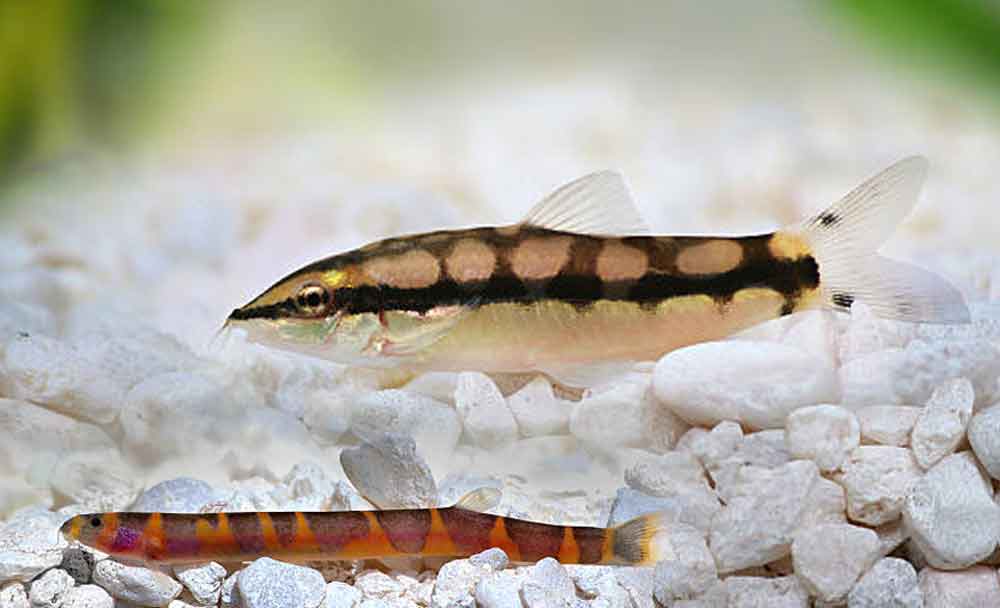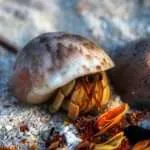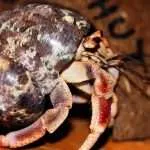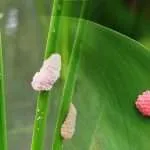So you have a home aquarium and want to add Kuhli Loaches and know how many to have in a 10-gallon tank? Then, I suggest you read this.
This blog post will educate you about everything you need to know about setting up a Kuhli Loaches tank.
Let us start by answering your question:
How many Kuhli Loaches are to be kept in a 10-Gallon tank?
A 10-gallon tank is not ideal to house a Kuhli Loach. They need between 15 and 20 gallons of tank space.
While 15 gallons of water is enough for one Kuhli Loach, it is best to add 3 gallons for every Kuhli Loach added to the habitat.
As social fishes, Kuhli Loaches love to move in groups of at least five loaches, so it is best to get more than 1 or 2 of them. They are known to go into hiding if kept in groups of less than five.
How many Kuhli Loaches in a 20-Gallon Tank?
The answer is 1 or 2. A 20-gallon tank is ideal to house 2 Kuhlin Loaches, as it gives them enough space to swim and burrow.
Add three gallons of water for every Kuhli Loach added to the tank.
The Kuhli Loach, which belongs to the Loach family, is a small eel-like or snake-like freshwater fish with black beady eyes and whiskers around their mouths.
The Kuhli Loach is slender and has small fins (the dorsal fin located behind the middle of its body and the anal fin close behind the dorsal fin).
This social freshwater fish originates from Indonesia, Thailand, and Malaysia. They grow up to three to four inches and prefer slow-moving, tropical freshwater rivers or streams as their habitat.
Tank Setup for Kuhli Loaches
Kuhli Loaches love to burrow and swim at the bottom of the aquarium – an essential need in the habitat is a soft substrate.
Kuhli Loaches need a lot of hiding places to burrow in, as it makes them feel secure.
To create a conducive habitat for the Kuhli loaches, you need to add logs and driftwoods to the bottom of the tank – make sure the edges are smooth to avoid cuts and scrapes (remember that kuhli loaches do not have scales).
You can also use sand or a fine gravel mix.
Kuhli Loaches love a habitat with lots of plants. The more plants in the aquarium, the more Loaches feel at home.
It is important to include plants that can thrive in low lights. Java Ferns and Anubias are some of the recommended plants. You can also add roots and leaf litter, your choice.
You can also decorate the tank with large rocks and shrimp caves, providing a shady place to retreat.
An ideal environment for a Kuhli Loach is a tank size of at least 20 gallons of Soft freshwater, with a temperature of between 73 and 83 degrees Fahrenheit and a water acidity of between 5.5 and 6.5 Ph.
It is advisable to have a long, rectangular tank rather than a high tank because it gives the Kuhli loaches plenty of space for exploration.
What to feed your Kuhli Loach
Kuhli Loaches are not as hard to feed as some species, as they are omnivores. You can give them a combination of feeds, like fish flakes, live bloodworms or black worms, standard pellets, or other protein-based feed.
They also enjoy plants like Spinach and Lettuce, as long as they are small enough to enter their mouths.
Whatever you choose to feed your Loach, ensure the food can sink to the bottom of the tank, as Kuhli Loaches do not swim up to eat.
As scavengers, they also help clean up the tank by gulping up any leftover food that sinks to the bottom of the tank.
How to Care for your Kuhli Loach
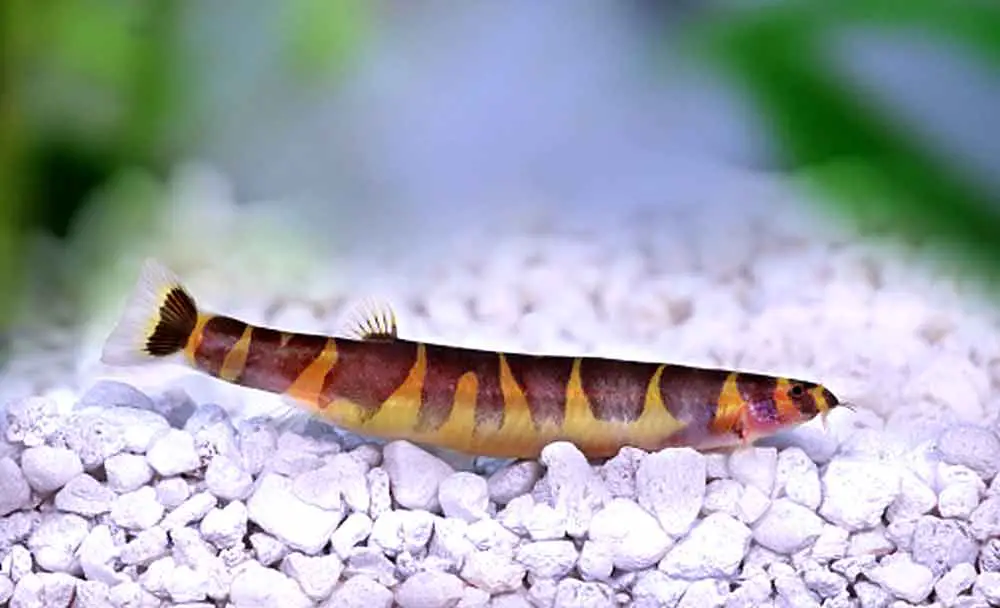
Do Loaches get sick? Yes, they do.
Remember that Loaches do not have scales and are thus susceptible to diseases.
The two diseases most common in Loaches are Ich and fin rot.
An Ich is a parasite that causes a white spot on the body of the Kuhli Loach.
It produces lethargy and makes the Loaches stop eating. Once you notice these white spots, immediately quarantine the affected Loach in a separate tank and increase the water temperature.
The best preventive measure against the Ich is to ensure the water condition is consistently ideal.
Like most fishes with fins, the Kuhli Loaches also get infected with Fin Rot. Fin rot is a bacterial infection caused by a less-than-ideal habitat.
Fin rot appears through a milky fin on the body of a Loach. Like Ich, you can prevent your Loach from getting the Fin Rot by maintaining the right environment or water conditioning.
You can treat fin rot using antibiotics or antifungal medications. A complete water change is also required.
Here are other things to consider regarding your Kuhli loaches aquarium:
Clean the tank every two weeks – always ensure the aquarium is clean and fresh.
Keep their water well-oxygenated, and use a filter to make the water clean and healthy.
Kuhli Loaches are nocturnal – they are more active at night and sleep during the day. As such, they require moderate lighting in their tanks.
What fish makes Tank Mates for Kuhli loaches?
As mentioned earlier, Kuhli Loaches are social fishes. Despite this, they prefer to be in the company of other groups closer to theirs.
That does not mean they are not compatible with other fishes in the aquarium.
However, if you choose to pair them with other fishes, be careful with your pairing method.
It is preferable to pair them with non-aggressive, top-dwelling fishes that like to swim on the surface or middle of the aquarium.
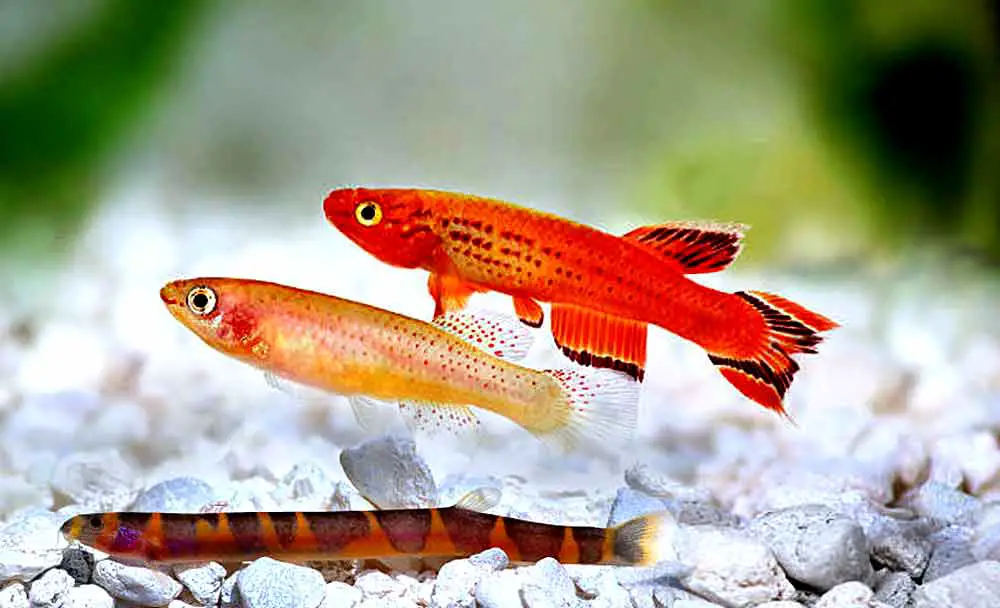
Fishes like Tetras, Rasboras, and Danios are ideal, but avoid aggressive species like Tiger Barbs, Betta Fish, and Cichlids.
You can include other bottom dwellers in the tank with a Kuhli Loach, as long as they are of similar sizes to the Loach or slightly smaller.
Kuhli Loaches are social and peaceful fishes that are generally easy to look after.
You only have to know the essential dos and don’ts of keeping one.
Final Word
In conclusion, if you want an addition to your home aquarium, give Kuhli Loaches a trial, but make sure you house them in an adequate tank larger than 10 gallons.

